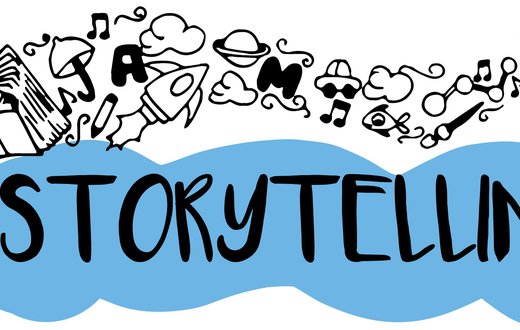информация
This process should give you a first opportunity to have a look at the OPIN guidelines. The guidelines accumulate information concerning participation processes and everything that is important to keep in mind with regard to this. Please read them carefully and tell us if you have any comments.
Свържи се за въпроси
g.rahnfeld@liqd.net





Tips and tricks for more and better youth eParticipation
The OPIN guidelines are designed to assist initiators who wish to carry out youth eParticipation projects on the OPIN platform (www.opin.me), developed by the EUth project partners, as well as initiators of youth participation in general – both online and offline – who can also benefit from reading them. Whether you are working in a public administration, a youth organisation, or somewhere completely different, the OPIN guidelines are here to help you. The guidelines offer practical tips and tricks and direct your attention to issues you need to consider in order to succeed with your project. References are made to other resources that might help you where these guidelines do not go into much detail.